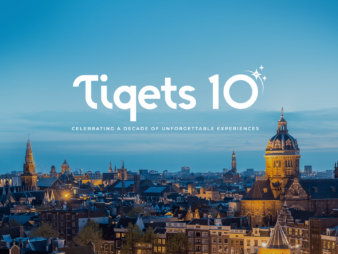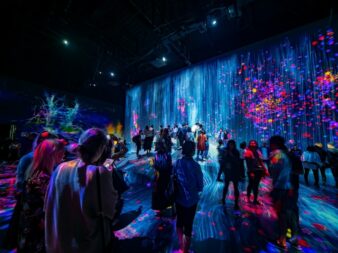Name three museums off the top of your head. Go on. If your list included either the Louvre, Met, MoMA, or Tate Modern, you’re not alone. These institutions have successfully seared their unique brand image into our cultural consciousness. How? By clever use of logos, design, and some of the best museum marketing campaigns that have cemented their space in the industry.

While most people don’t like to think of museums as an industry, that’s exactly what they are. In 2021, the museum industry - including museums, historical sites, zoos, and parks - raked in $37.95 billion, according to Global Market Report 2022.– and it didn’t manage that by hanging up a couple of paintings, collecting some artifacts, and calling it a day. Marketing has been involved since the very beginning.
In recent times, museum advertising campaigns have evolved quite a bit. From creative and innovative digital marketing for museums to progressive ideas that cast a critical eye on the curation process itself, 21st-century museums are a place where cultures meet and make meaning like never before.
This is a great time for marketers in the museum industry. For proof, look no further than these clever and memorable museum marketing campaigns from the past few years:
1. Partner with an OTA: Tiqets x Sofar Sounds
Summer 2022 was hotter than ever thanks to a collaboration between Tiqets and Sofar Sounds, the community that stages intimate concerts in unexpected venues in 400 cities. The two companies partnered up to create two exclusive series of live music performances at famous museums & attractions across San Francisco and London. From the mesmerizing blue hues of Aquarium of the Bay to the breathtaking architecture of the Old Royal Naval College, these concerts offered once-in-a-lifetime experiences to consumers – and worldwide exposure to the venues involved.
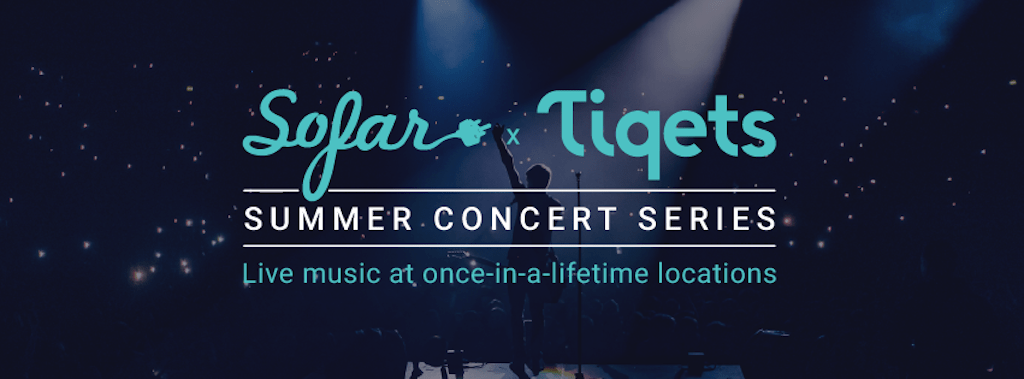
News of the concert series reached an estimated 10 million people worldwide and more than 16,000 people entered contests to win tickets to the concerts.
Media coverage isn’t the only benefit that OTAs can bring to your business. Incremental potential audience reach, boosted marketing, in-depth audience insights, and data insights round out the benefits of partnering with an OTA. Curious about how to get the most out of an OTA partnership? Check out this article.
2. Grab a partner – from another industry: Art meets gaming
The coronavirus pandemic and resulting lockdowns forced museums the world over to reconsider their marketing strategies, which resulted in some of the most out-of-the-box museum marketing campaigns ever.
A lot of museums took their collections online, but The Met, the Getty Museum and the Cincinnati Art Museum took things a step further and made their collections available on the beloved Nintendo game Animal Crossing. That’s right: in 2020, some of the world’s most famous art museums made it possible for players to add artworks from their collections to their Animal Crossing: New Horizons game.
The Louvre's marketing team also dipped their toes into gaming waters. Possibly the most famous art museum in the world, the Louvre couldn't miss a chance to make headlines. In May 2022, the museum collaborated with Time Princess: Story Traveller, an innovative 3D dress-up game, to bring their collections and treasures online. Through this partnership, game users are not only able to time-travel to a historical era, they are also able to interact with historical women, try on clothes and jewelry inspired by the artworks in the Louvre, and learn about the museum's treasures.
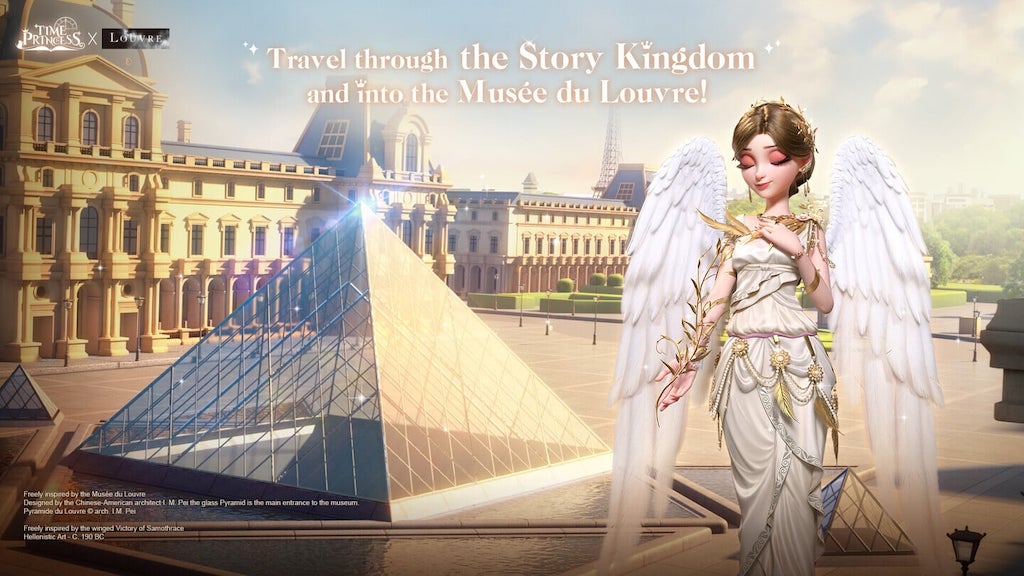
Aside from serving as a marketing stunt worthy of headlines, a move like this is praise-worthy as it opens up the worlds of art and museums to a new audience who might usually prefer their screens to canvas. And in an age where museums are constantly seeking to attract younger audiences, marketing campaigns like this are a boon for the industry.
3. Blockbuster exhibitions to celebrate an anniversary
To celebrate the quincentenary of Leonardo Da Vinci’s death, the Louvre in Paris swept the summer crowds off their feet with their most ambitious exhibition yet: a whole lot of Da Vinci’s works in one place. More than 160 Renaissance-era paintings and drawings drew more than half a million visitors to this once-in-a-lifetime exhibition, over four months.
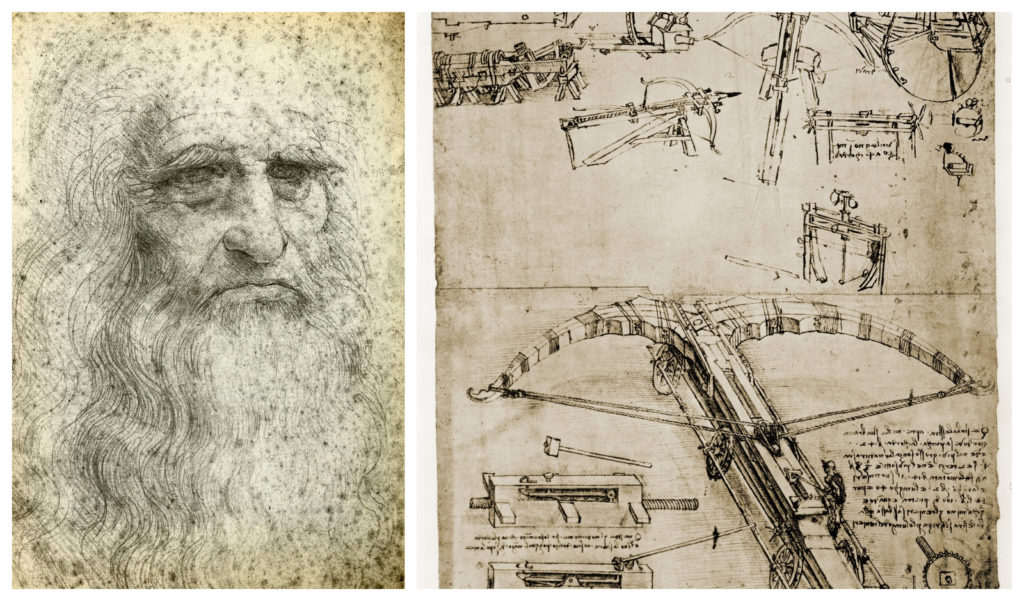
It was one of the most blockbuster art exhibitions of 2019, and we would expect nothing less from the Louvre. After all, they have some of the best museum marketing campaigns on the planet. The hype was built before the exhibition, it was ticketed with timed entry, and media outlets were writing about it long before opening week, even comparing it to the Louvre’s 2018 collaboration with Beyoncé and Jay-Z which put the museum on the map among young visitors.
If you are looking for a more recent smash exhibition in 2022 and are a big fan of abstract painting, don’t forget to check out “Mondrian Moves”. The exhibition was hosted by Kunstmuseum Den Haag - the home of more than 300 Mondrian works - one of the greatest Dutch artists of the 20th. Besides the goal of paying tribute to Piet Mondrian, this exhibition also explored Mondrian's inspiring relationships with friends and fellow artists of his time.
An exclusive techno soundtrack was created by musicians Steven Brunsmann and Marco Spaventi inspired by the style of Mondrian’s abstract methods. Taking place from April 2022 to 25 September 2022, “Mondrian Moves” is going to be the final days of the exhibition. Make sure that you have spared some time to visit before it’s too late!
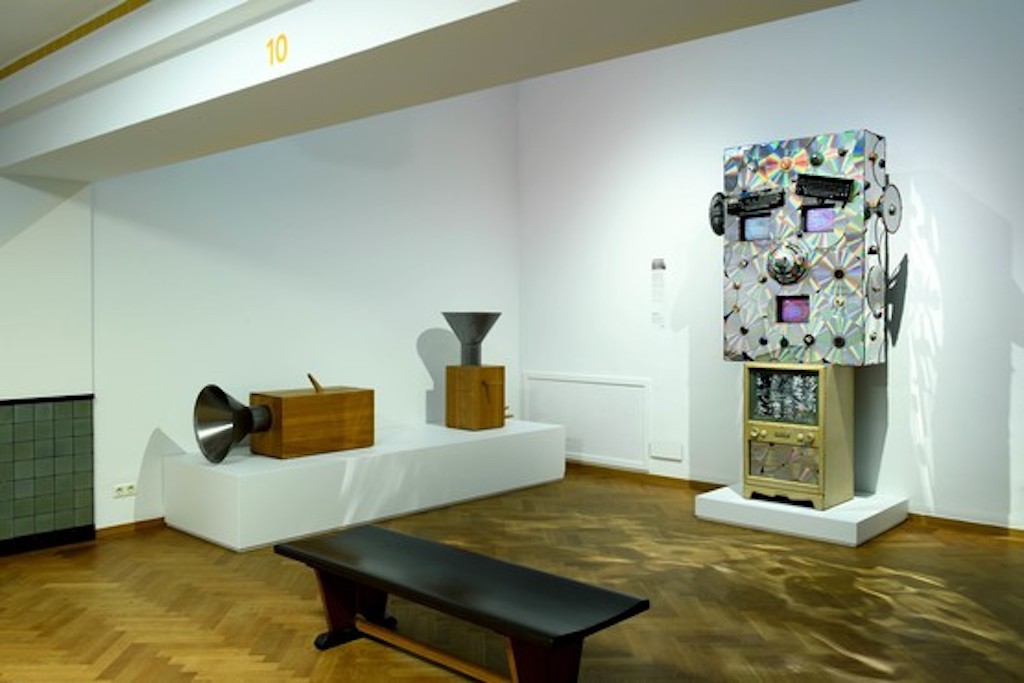
4. Embrace new platforms: The Black Country Living Museum takes on TikTok
From tour guide penguins to the Getty Museum's recreate your favourite artwork challenge, Twitter, Instagram and Facebook have been abuzz with brilliant museum marketing campaigns. But some of 2020's best museum marketing campaigns took place on one of the newer social media platforms TikTok.
Since joining the channel in August, the UK-based museum has gathered over 470,000 followers and its actors have kept them entertained with short, punchy videos with a historical twist.
This museum marketing campaign is remarkable for two reasons: It's embraced a new platform that has the attention of young people worldwide, and it promotes the onsite content of the museum. This dual purpose of attracting a new audience and sharing a sneak peek of the museum make it a great marketing campaign.
5. Terminology: Marketing for a cross-cultural audience
The Netherlands has always used the term ‘The Golden Age’ (Gouden Eeuw) to describe a period spanning the 17th century when military and trading power was at an all-time high. The issue with the Golden Age? Unlike wine, the term did not age well. We'll let Amsterdam Museum curator Tom van der Molen explain:
“The Golden Age occupies an important place in Western historiography that is strongly linked to national pride. But positive associations with the term such as prosperity, peace, opulence, and innocence do not cover the charge of historical reality in this period. The term ignores the many negative sides of the 17th century such as poverty, war, forced labor, and human trafficking.”
In a country so defined by its historic richness, the removal of the term ‘The Golden Age’ from museums is still met with controversy. However, many art venues have followed through on the decision to drop the Golden Age. In 2019, the Tropenmuseum, Amsterdam Museum, and Willet-Holthuysen Museum, among others, aligned themselves with progressive and inclusive institutions that want to partake in conversations about the present by not putting the past on a pedestal.
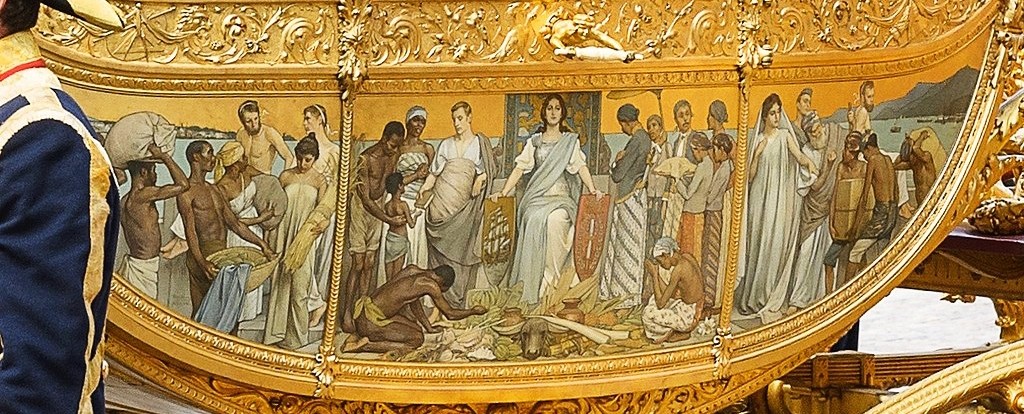
While there are reasons to do this that aren't specifically related to marketing, it can also be a proactive strategy that's future-focused. With such unconventional actions, not only do these institutions become newsworthy, but they're inadvertently marketing their museum as a decolonized space for dialogue concerning the globalized world.
6. Reinvent yourself: Be recognized through simplicity
MoMA, The Met, the V&A – these museums don’t even need their full names to be recognized. Their initials are enough to conjure up notions of what they represent in the domain of art and culture.
Granted, a lot of this is credited to the history and reputation of these museums, plus successful museum advertising campaigns. But, even lesser-known institutions have bravely departed from the conventions of traditional museums and opted to be recognized through simple and symbolic signifiers.
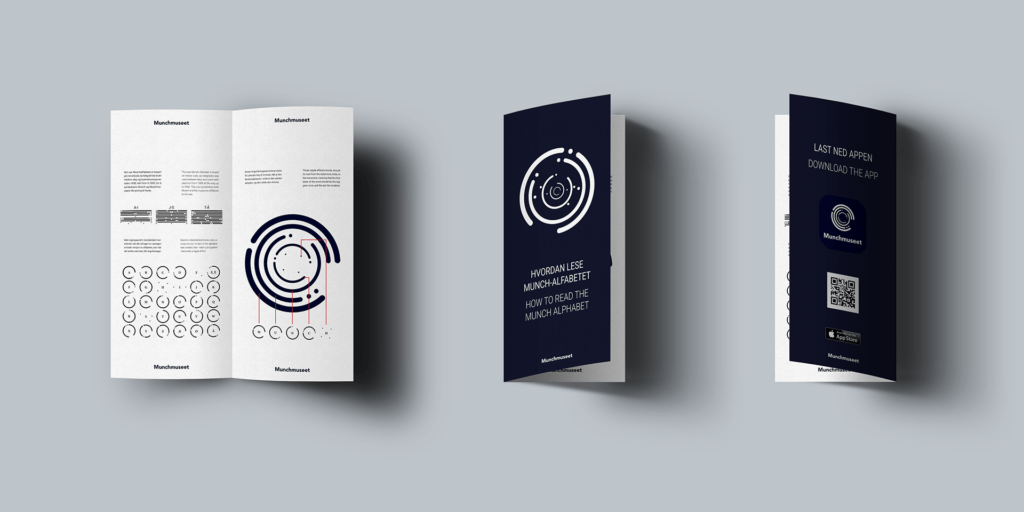
Throughout 2019, an unassuming museum in Norway was quietly at work, waiting to make its mark in the glitzy art world. The Munch Museum founded in 1963 in Bjørvika, Oslo, is set to re-open in 2021 with an entirely new brand identity. The rebranding concept is based around the ‘ripple effect’, which aims to encapsulate how Edvard Munch, a lone artist from a cold country tucked away in the Northern Hemisphere, shook up the art world with his catalytic pieces. The logo plays off a vectorized interpretation of a ripple and features a bold, clean typeface. The process of rebranding was art applied with function, and creates a museum that seeks to be visited amidst a wider competitive landscape.
7. Art Basel Miami Beach: Be provocative
The star of Art Basel 2019 was undeniably a banana duct-taped to the wall. The provocative, postmodern piece called Comedian (2019) is the brainchild of Maurizio Cattelan and was priced between $120,000 and $150,000. It’s a banana. Duct-taped to a wall.
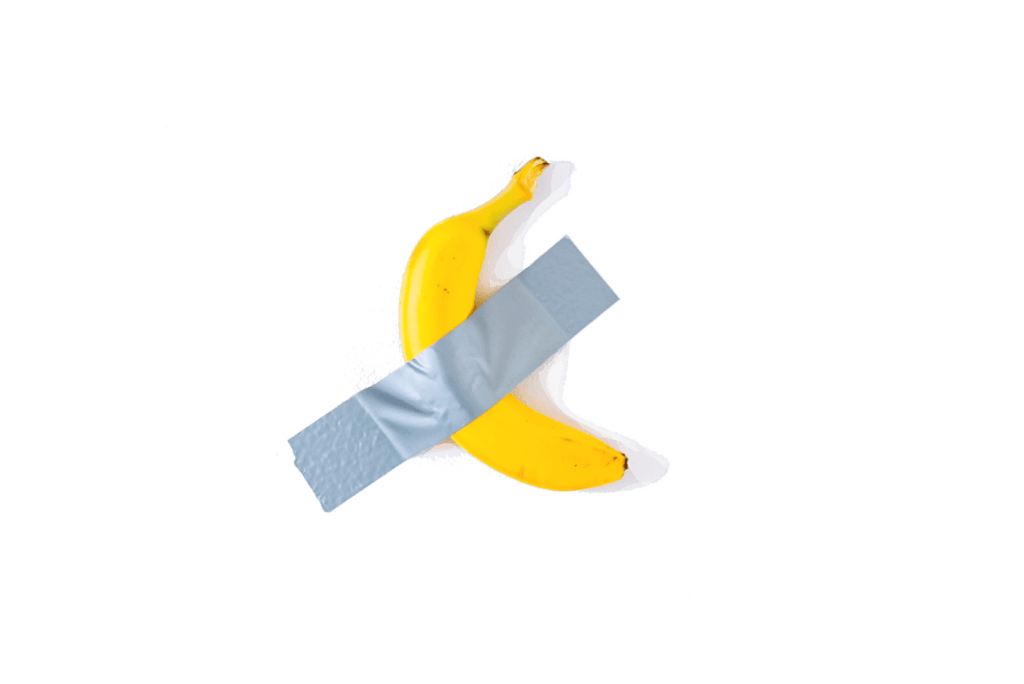
The artwork became a global phenomenon and big brands attempted to feed off the hype by producing their own takes on the artwork. From McDonald’s to Bobbi Brown, and even the New York Mets – Instagram and Twitter feeds were flooded with images of consumer products taped against walls. In our hyperconnected world, only the most bananas ideas can go viral. And viral, it went. Until someone ate it.
Another artist tore the banana off the wall and casually consumed it in a performance piece titled Hungry Artist (2019). It was captured and shared on his Instagram. The act made #artbasel2019 trend even further on social media which led to an unintentional viral marketing campaign for the event. And, what about the banana, you ask?
Of the ill-fated banana, art dealer Emmanuel Perrotin said:
“Let's find another banana, because he didn't eat the banana, it's a banana.”
From an artistic standpoint, when you peel back the layers of Cattelan’s work, we come to see the artwork for what it really is: A black hole that accumulates meaning through social processes. While this isn’t exactly an example of an art museum advertising in the conventional sense, the Art Basel banana probably outdid some of the best museum marketing campaigns of 2019.
Speaking of edible art…
8. The Whitney: Experiential exhibitions
Taking a cue from the notoriously nutritious food at Art Basel, the Whitney is jumping on the edible art wagon in their upcoming exhibition titled fruits, vegetables; fruits and vegetable salad. Visitors are invited to carve up and consume ‘nature’s impeccable sculptures’ (fruits and veggies) in an in-museum salad-making session. The residual hype from Art Basel Banana lends this exhibition some steam and is a prime example of taking advantage of viral trends as digital marketing for museums.

The exhibition is part of a string of novel exhibitions curated by the museum following the widely successful Whitney Biennial 2019, which charted the latest developments in American art. It encompassed painting, sculpture, installation, film and video, photography, performance, and sound, as well as intangible forms.
The Whitney, already a notable institution, went through several rebrandings over the past decade. Keeping in mind the museum’s recent controversy, the biennial was a chance for the museum to create distance between its questionable board member fiasco, and they did so by taking a strong socio-political stand in their 2019 installation of the event. It afforded the Whitney the opportunity to expand its identity into the realm of young and hyper-aware Americans.
2019's collection knocked it out of the ballpark. It was diverse, grotesque, and consisted of multiracial, young, and politically charged artists. The Whitney as an institution of inclusivity was effortlessly weaved into the minds of museumgoers – a far cry from where they found themselves last year.


